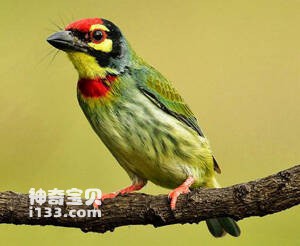
Megalaima haemacephala
Megalaima haemacephala,Coppersmith Barbet,Crimson-breasted barbet,Coppersmith
Megalaima haemacephala, Coppersmith Barbet, Crimper-breasted barbet, Coppers···
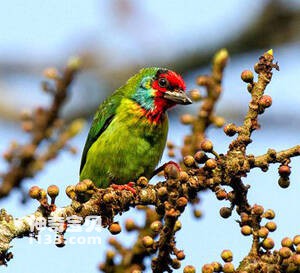
Psilopogon malabaricus
Psilopogon malabaricus,Malabar Barbet
The species is known as Psilopogon malabaricus and Malabar Barbet.Protect wi···
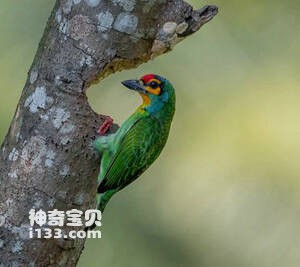
Megalaima rubricapillus
Megalaima rubricapillus,Crimson-fronted Barbet,Sri Lanka barbet
Megalaima rubricapillus, foreign names Crimson fronted Barbet, Sri Lanka bar···
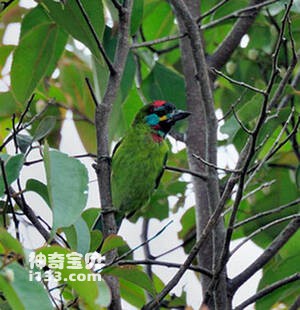
Megalaima eximia
Megalaima eximia,Bornean Barbet
The Kalimantan woodpecker is known as Megalaima eximia and Bornean Barbet.Pr···
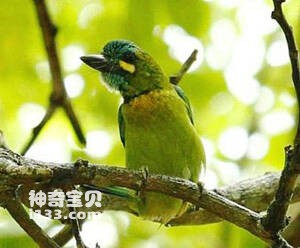
Psilopogon australis
Psilopogon australis,Yellow-eared Barbet,Little Barbet
The scientific name of the Yellow-eared woodpecker is Psilopogon australis, ···
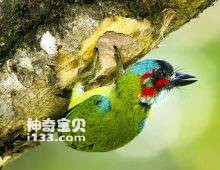
Psilopogon cyanotis
Psilopogon cyanotis,Megalaima australis,Blue-eared Barbet
The Blue-eared woodpecker is known as Psilopogon cyanotis, Megalaima austral···
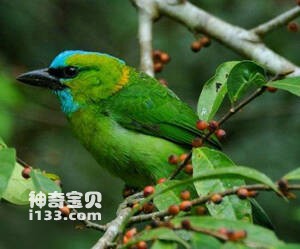
Megalaima pulcherrima
Megalaima pulcherrima,Golden-naped Barbet
Megalaima pulcherrima, Golden-naped Barbet, is unknown。Protect wild animals···
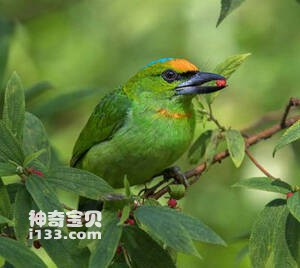
Megalaima armillaris
Megalaima armillaris,Flame-fronted Barbet
The species is known as Megalaima armillaris and Flame-fronted Barbet.Protec···
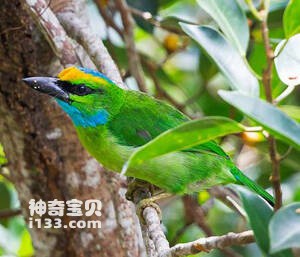
Megalaima henricii
Megalaima henricii,Yellow-crowned Barbet
Megalaima henricii, Yellow-crowned Barbet, is unknown.Protect wild animals a···
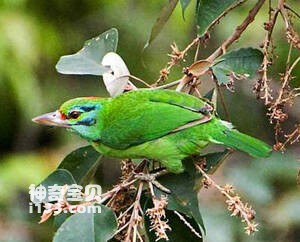
Megalaima incognita
Megalaima incognita,Moustached Barbet
Megalaima incognita, Moustached Barbet, is unknown。Protect wild animals and···
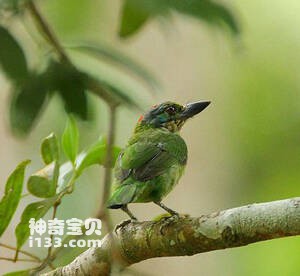
Megalaima monticola
Megalaima monticola,Mountain Barbet
Megalaima monticola is the scientific name of Megalaima monticola, the forei···
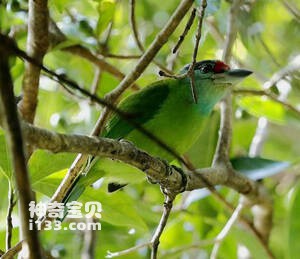
Psilopogon chersonesus
Psilopogon chersonesus,Turquoise-throated Barbet
The species is known as Psilopogon chersonesus and Turquoise-throated Barbet···
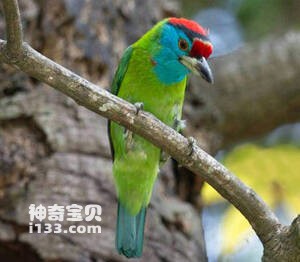
Psilopogon asiaticus
Psilopogon asiaticus,Megalaima asiatica,Blue-throated Barbet
The species is known as Psilopogon asiaticus, Megalaima asiatica and Blue-th···
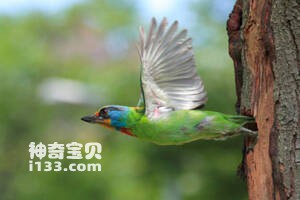
Psilopogon nuchalis
Psilopogon nuchalis,Megalaima nuchalis,Taiwan Barbet
Psilopogon nuchalis, Megalaima nuchalis and Taiwan Barbet are endemic to Tai···
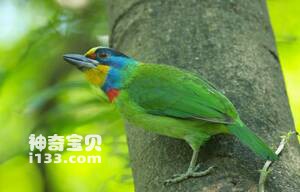
Psilopogon oorti
Psilopogon oorti,Megalaima faber,Chinese Barbet
Psilopogon oorti, Megalaima faber, Chinese Barbet, has 4 subspecies (1. Cent···
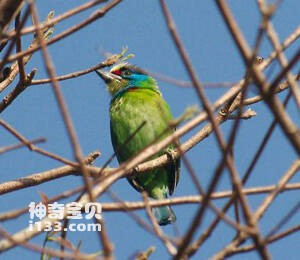
Megalaima annamensis
Megalaima annamensis,Indochinese Barbet,Annam barbet
The Indochinese Megalaima annamensis and its foreign names Indochinese Barbe···
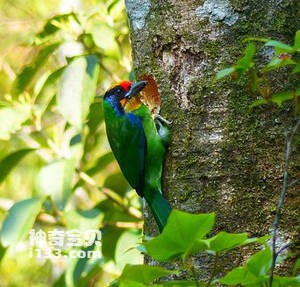
Psilopogon auricularis
Psilopogon auricularis,Necklaced barbet
The black-fronted woodpecker is known as Psilopogon auricularis and Necklace···
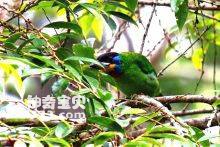
Megalaima oorti
Megalaima oorti,Black-browed Barbet
Megalaima oorti, Black-browed Barbet, has 5 subspecies (1. Central South sub···
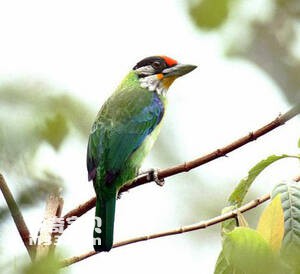
Psilopogon franklinii
Psilopogon franklinii,Megalaima franklinii,Golden-throated Barbet
Psilopogon franklinii, Megalaima franklinii, Golden-throated Barbet, has thr···
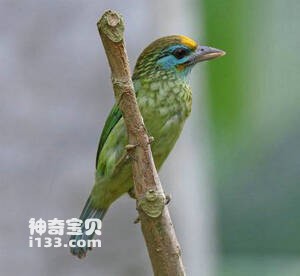
Megalaima flavifrons
Megalaima flavifrons,Yellow-fronted Barbet
Megalaima flavifrons, Yellow-fronted Barbet, is unknown.Protect wild animals···
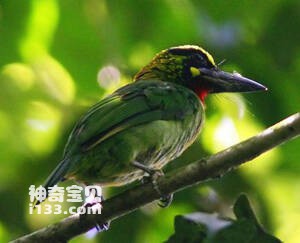
Megalaima javensis
Megalaima javensis,Black-banded Barbet
Megalaima javensis and Black-banded Barbet are unknown.Protect wild animals ···
